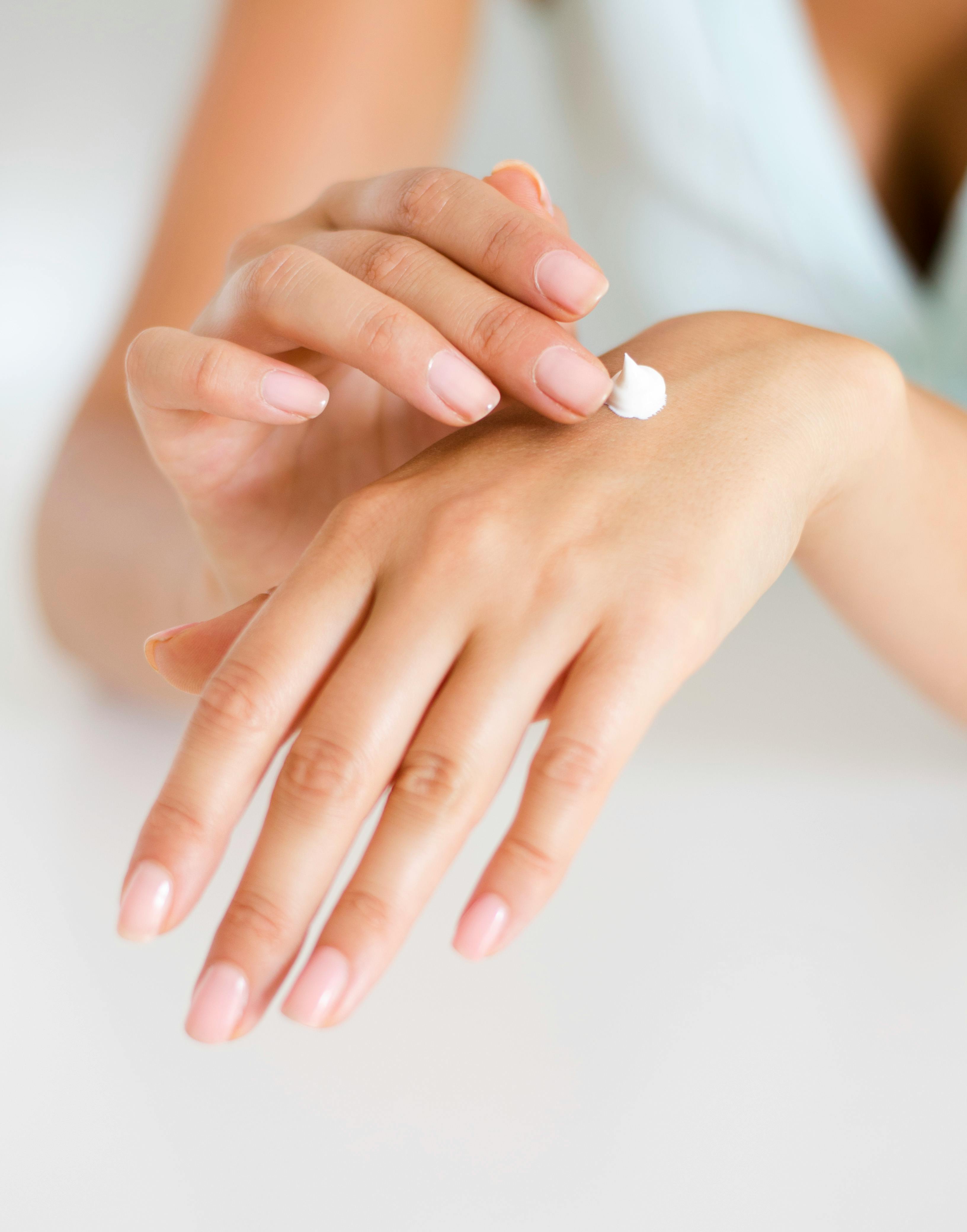Reading
Add Comment
Responding to a world where bacteria and germs are strictly not
welcome, the antibacterial beauty boom means big things for
optimizing skin health. With more emphasis on having a solid skincare
regime than ever , there is cause for
concern for those who suffer with skin problems when you over-do it
on the product front. Here, we break down a clean beauty regime and
key ingredients that should be on your radar.
Supply and command
You’ve got to hand
it to the beauty industry. It’s certainly capable of listening to
what the people want when it comes to the products we use on a daily
basis, whether it’s a cruelty-free SPF or multipurpose treatments
that mean more bang for your buck. This time, it’s all about having
your products work in harmony with your skin, leading to a
less-is-more approach, but why are more brands heading this way?
“They’re becoming more aware of toxins and how harmful they are
to your skin, as they’ve been linked to many side effects, such as
rosacea, psoriasis, eczema and pigmentation.
Take a clean cut
Ever tried doing
skincare and your skin simply doesn’t care? This could be due to
overbearing your skin with a multitude of products and as a result,
leaving it stripped and irritated. Antibacterial and antimicrobial
beauty aims to fight infections and
balance your skin’s microbiome. “We use antibacterial ingredients
to create a hostile environment as a way of destroying or inhibiting
the growth of bacteria,” says Sarah-Jayne. “Antimicrobials, on
the other hand, destroy or inhibit the growth of all microorganisms,
including bacteria, fungi and viruses, which can eradicate a number
of skin issues and acne symptoms.” She says that by keeping your
skin’s natural balance in check, the results can be seen pretty
sharpish. “By yielding off infection from germs, you strengthen
your skin’s most important protective mechanisms and the outermost
layer, known as the acid mantel. This layer is one of your skin’s
most important protective and defensive layers, and when it’s happy
the benefits can be felt immediately. The effect calms and restores
comfort and balance to your skin, while reducing redness in the long
term.”
Balance Things
OK, so a balanced
skin microbiome can lead to a healthy, glowing complexion – so far,
so straightforward. But, this doesn’t mean racing to the bathroom
and scrubbing your face like it’s going out of fashion.
Professional make-up artists says it’s
possible for your skin to be too clean and overuse of certain
ingredients can be counterproductive. “Using antibacterial beauty
products alone won’t keep your skin clean or germ-free, and you
should still be adding hydration and protection to your skin’s
barrier,” she explains. In terms of knowing what to swerve on the
shelves.
Make your skin glow
While a clean beauty
regime may look different for everyone, the good news is there are
some essential ingredients to keep an eye open for, most of them
deriving from oils and acids “Common skincare ingredients that
are found with antimicrobial properties are tea tree oil, benzoyl
peroxide, rosehip oil, witch hazel, sodium hypochlorite and
phosphorus acid. They all work similarly to protect your skin from
daily external pollutants and impurities, which helps to prevent and
reduce breakouts.” Again though, some oils should be approached
with caution, as some can inflame the skin. “Lavender and tea tree
both work topically and are the most sought for ingredients in
skincare properties. They’re antibacterial, antiviral and help with
fungi and inflammation in your skin. Tea tree has great antibacterial
properties that help to clean the skin too.

0 $type={blogger}:
Post a Comment